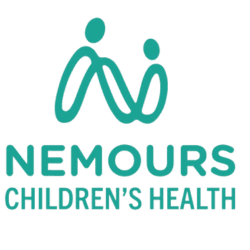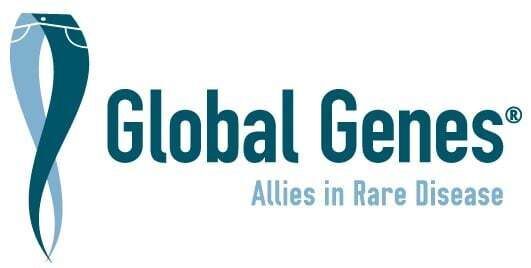
Navigating the Complexities of Lymphatic Effusions in Newborns: A Multidisciplinary Approach
Dr. Ionela Iacobas, Medical Director, Texas Children’s Hospital Vascular Anomalies Center and Baylor College of Medicine, shared the intricate world of treating lymphatic effusions in newborns, a challenge that goes far beyond just administering medication. It's a delicate balance, where every detail around the drug's administration is crucial.
Lymphatic effusion, involving pleural, pericardial, or peritoneal fluid with over 80% lymphocytes, is particularly complex in babies. Unlike adults, her team can't rely on the presence of chylomicrons in their effusion for diagnosis. This complexity is evident in conditions like non-immune Hydrops Fetalis, an abnormal fluid collection in the fetus, which often has a poor prognosis. A 2015 study showed that only a small percentage of these cases were related to lymphatic dysplasia. Furthermore, a recent paper highlighted the stark difference in survival rates based on when lymphatic effusions are resolved – prenatal resolution leads to a significantly better outcome.
But how do they approach these cases? When do they start worrying about the long-term impact on the child? These questions are crucial. Some babies with lymphatic effusions need interventions like Pleuro-amniotic shunts and intense postnatal care, including respiratory support. The goal is not to drain all the fluid immediately, as this can lead to a rapid shift in electrolytes and respiratory issues. It's about a careful, continuous reassessment of the baby's needs.
Their approach at the neonatal ICU includes lymphedema therapy, which is challenging due to its different application in newborns compared to adults. Diet adjustments are also key, focusing on proteins over lipids to support the child's needs.
When it comes to medical therapy, it's vital to establish a strong supportive background first. At Texas Children’s Hospital, they've developed guidelines to determine when to start treatments like Sirolimus, a drug Dr. Iacobas personally favors for various reasons. Her team saw significant improvements in cases where Sirolimus was used, corroborating findings from other institutions.
They also consider other therapies like Propranolol and Trametinib, while continuously gathering more information, such as genetic data, to tailor their approach. Imaging plays a crucial role, but it can be challenging in severely ill infants.
Their management strategy starts by confirming that the issue is indeed lymphatic, followed by supportive care, and then empirical medical management, typically starting with Sirolimus. The aim is to enhance the efficiency of every lymphatic vessel in the baby's body.
Post-NICU discharge, the journey varies. Some children may continue needing medical therapy, and others might stabilize after initial treatment. Monitoring and adjusting their approach as the child grows is essential.
In conclusion, managing lymphatic effusions in newborns is a complex, multidisciplinary effort. It involves not only advanced medical therapy but also a fundamental understanding of the basics – careful monitoring, diet, and supportive care. This comprehensive approach early in life can significantly impact the child's long-term health and quality of life.
Dr. Iacobas presented during the 2023 International Scientific Conference on Complex Lymphatic Anomalies. Watch Dr. Iacobas’ entire presentation.










